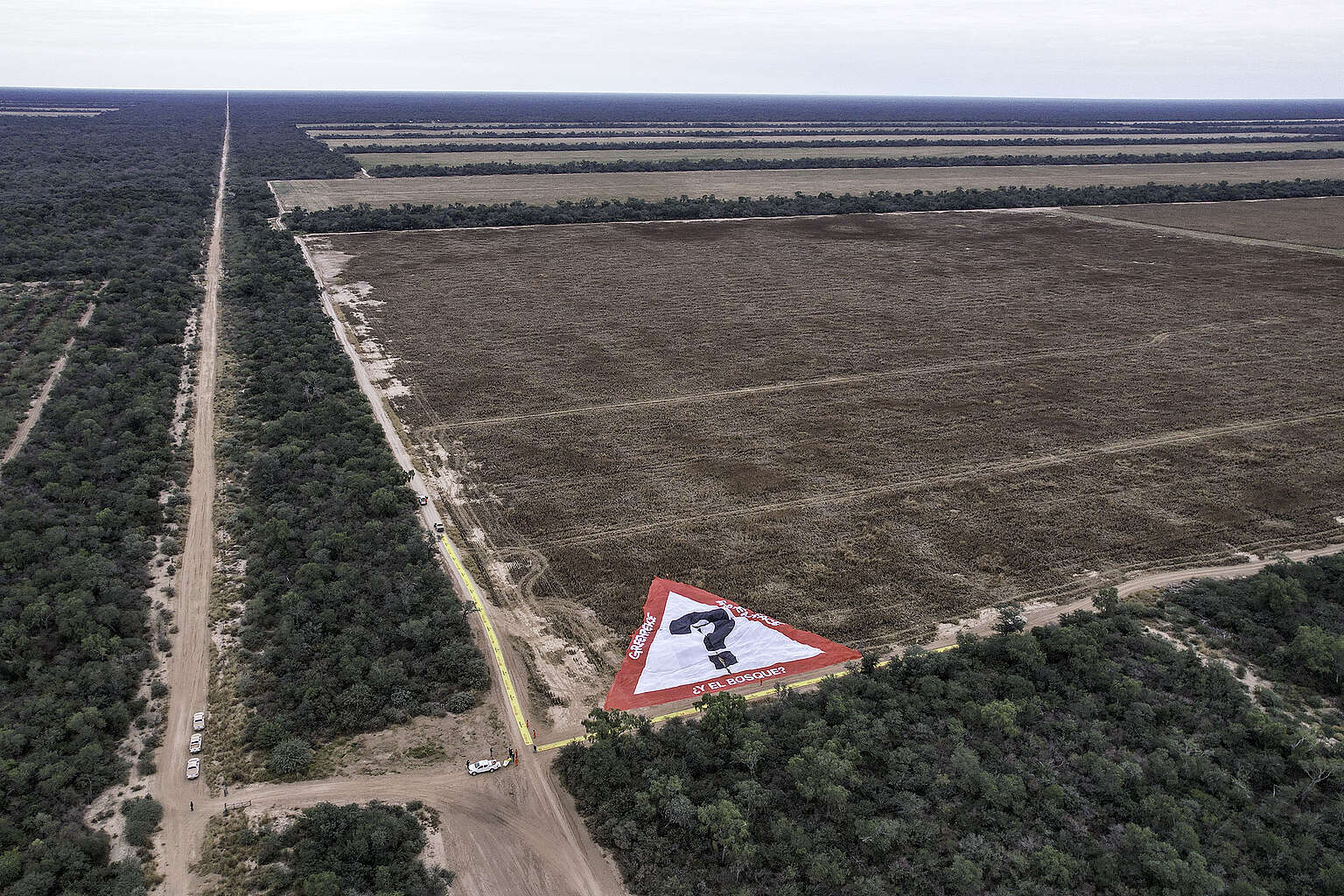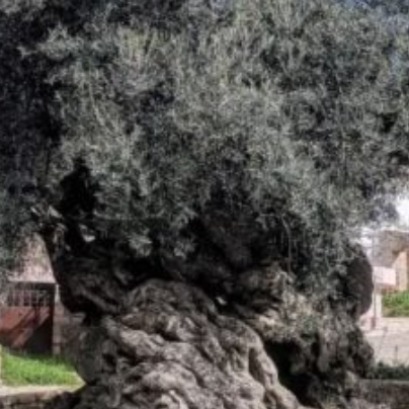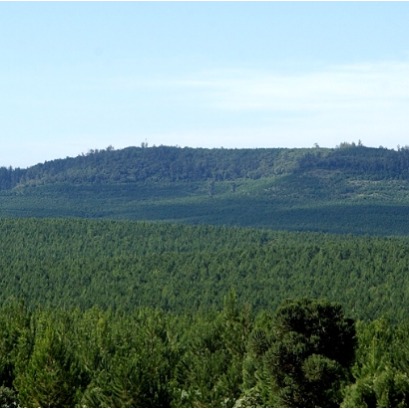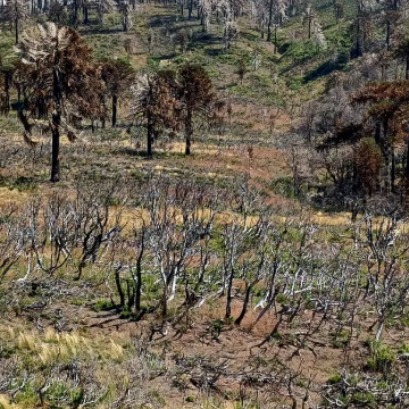
Illegal clearing in Argentina
The most serious situation occurs in the provinces of Chaco and Santiago del Estero, according to a new Greenpeace report
In a recently released report, Greenpeace said that it detected through the use of satellite images that during the first half of the year 51,600 hectares of northern Argentina were deforested, 25 percent more than in the same period in 2022. The northern provinces, Chaco, Santiago del Estero, Formosa and Salta register the largest deforested area in the country. "We must move forward in penalizing illegal clearing," says Hernán Giardiani.
The environmental organization Greenpeace denounced an increase in the deforested area in Argentina during the first half of this year, mainly due to illegal clearing.
“It was detected that during the first half of the year in the north of the country 51,600 hectares were deforested, 25% more than in the same period of 2022 (41,332 hectares). The most serious situation occurs in Chaco and Santiago del Estero, where most clearing is illegal”; indicated in the report released on Thursday, July 27 by the international environmental NGO.
The increase in deforestation is worrisome and, above all, that most of it is illegal. In Santiago del Estero, the government violates the National Forest Law by authorizing clearing for livestock in areas where it is not allowed. While in Chaco the provincial justice suspended the clearing at the end of 2020, but the bulldozers are advancing more and more. The government controls little and it is evident that the fines are not enough to end this ecocide. Penalizing illegal clearing seems the only solution”, stated Hernán Giardini, coordinator of Greenpeace's Forests campaign.
The survey of the environmental organization, carried out by comparing satellite images, estimates that between January and June 2023 deforestation in Chaco reached 24,522 hectares; in Santiago del Estero 19,040 hectares; in Formosa 5,804 hectares; and in Salta 2,234 hectares; totaling 51,600 hectares.
The increase in deforestation is "worrying and, above all, that most of it is illegal," says Giardini.
“In Santiago del Estero, the Government violates the National Forest Law by authorizing clearing for livestock where it is not allowed. While in Chaco the provincial Justice suspended the clearing at the end of 2020, but the bulldozers are advancing more and more. The Government controls little and it is evident that the fines are not enough to put an end to this ecocide. Penalizing illegal clearing seems the only solution”, he stated.
According to the environmental organization, the main cause of forest loss is the advance of the agricultural frontier for livestock and soybean cultivation, which Argentina exports to Asia and Europe to a large extent.
This phenomenon occurs above all in the Gran Chaco region, the second largest forest ecosystem in America.
Deforestation causes the disappearance of species, climate change, floods, droughts, desertification, diseases, evictions of indigenous people and peasants, loss of food, medicine and wood. We are facing an obvious climate and biodiversity emergency that forces us to act accordingly. It is time to end impunity,” Giardini said.
In this context, Greenpeace promotes a popular consultation in Argentina on the criminalization of the illegal destruction of native forests that will be open to participation until October 10 and whose results will be presented in the Argentine Parliament.

IT MAY INTEREST YOU
 Experts cant believe it, but this tree is the oldest in the world and continues to bear fruit: it is 4,000 years old.
Experts cant believe it, but this tree is the oldest in the world and continues to bear fruit: it is 4,000 years old.
Nature keeps secrets that defy the passage of time, and one of the most surprising examples is a tree that, approximately 4,000 years old, continues to bear fruit today. This specimen has become a symbol of resistance and longevity, capable of surviving climate changes, landscape transformations and human activity itself.
 Free seminar on the implementation of the European EUDR regulation on deforestation-free wood products
Free seminar on the implementation of the European EUDR regulation on deforestation-free wood products
The Argentine Forestry Association (AFoA) organizes the seminar «EUDR in Forest Products: Current status of implementation. Regulatory requirements and private experiences", which will take place on Wednesday, November 26, from 11:00 a.m. to 12:00 p.m., via Zoom, with live streaming on YouTube. The European Regulation on Deforestation-Free Products (EUDR) will enter into force on December 31, 2025 and will impose new requirements for forest products entering the European Union market.
 Specialists from 10 provinces develop forest landscape restoration strategies throughout the country
Specialists from 10 provinces develop forest landscape restoration strategies throughout the country
The program is developed by researchers from INTA, Conicet and the Argentine Wildlife Foundation.





















